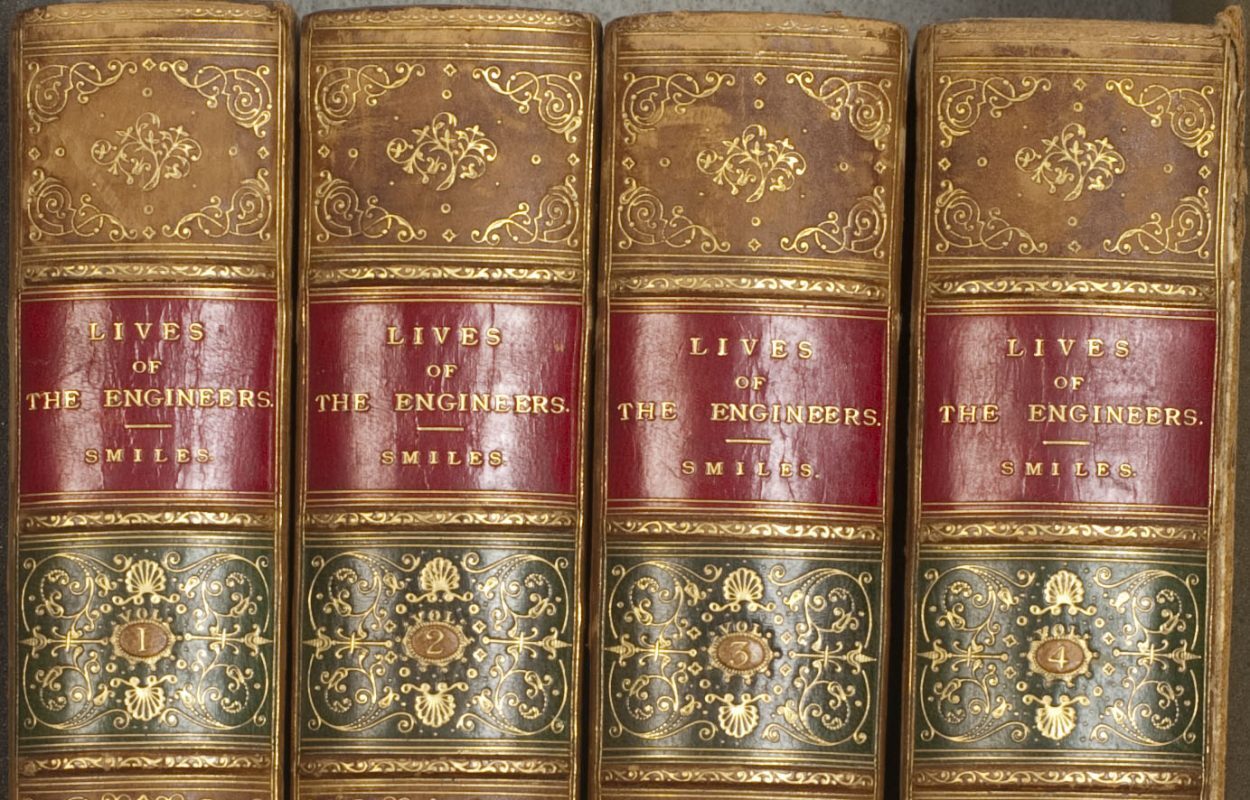Year 64 – 1924: The Stones of Stonehenge: A Full Description of the Structure and of its Outworks by E. Herbert Stone
Published: London, 1924 MIT’s copy of this illustrated book on Stonehenge is something special. It belonged to Harold “Doc” Edgerton (1903-1990), the MIT Institute Professor who perfected the electronic stroboscope. Edgerton has pasted many of his own photographs of Stonehenge into his copy, turning it into a volume that’s been “extra-illustrated” by a notable figure in the history of photography. On the book’s front endpapers, Edgerton noted where and when he acquired it; his inscription reads,“Harold E. Edgerton, Aug. 1944. Purchased in Oxford, Eng.” Below that, in pencil and alongside a close-up of two uniformed men at Stonehenge, is written, […]
